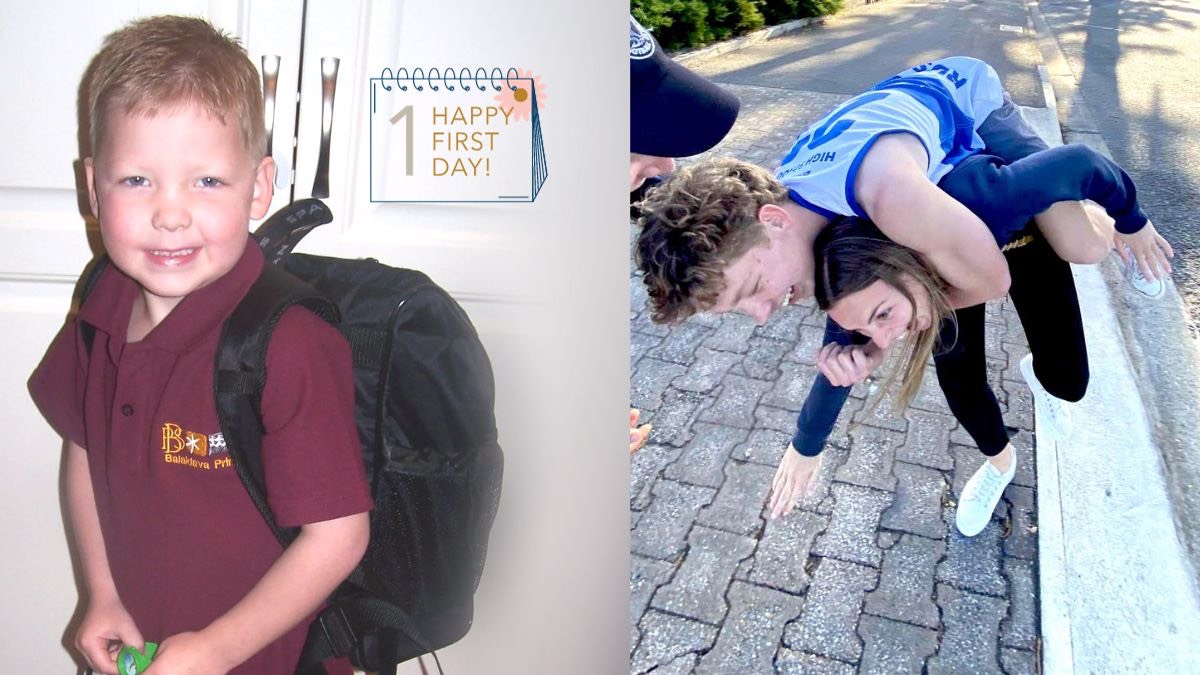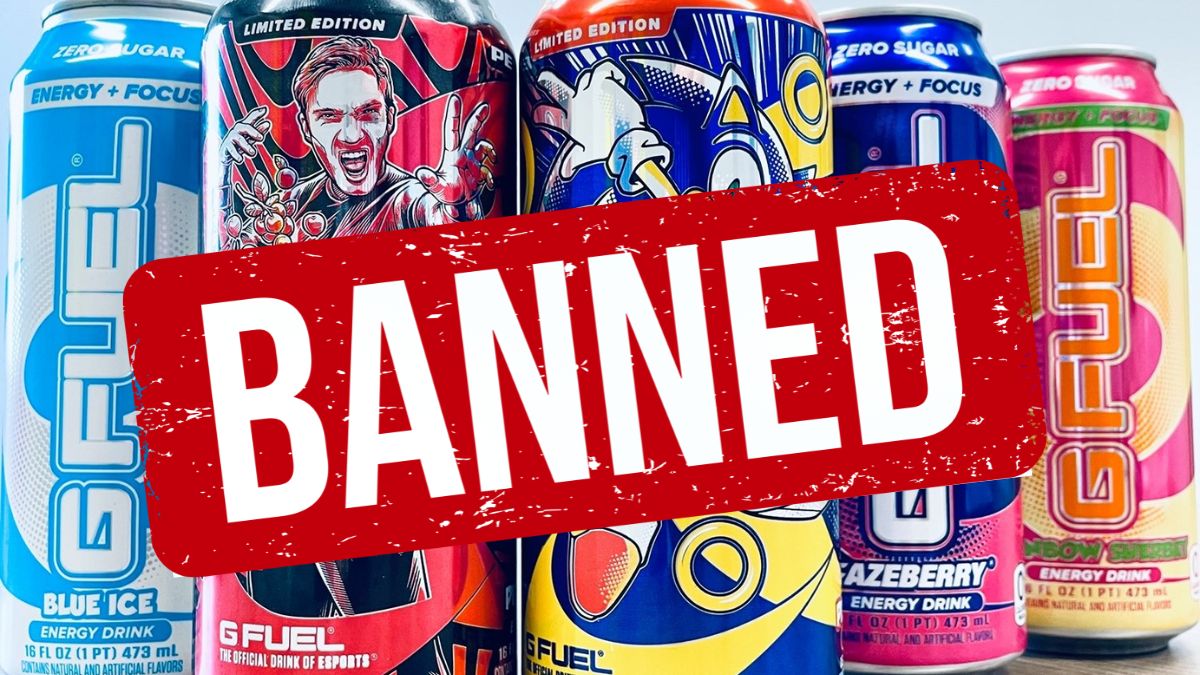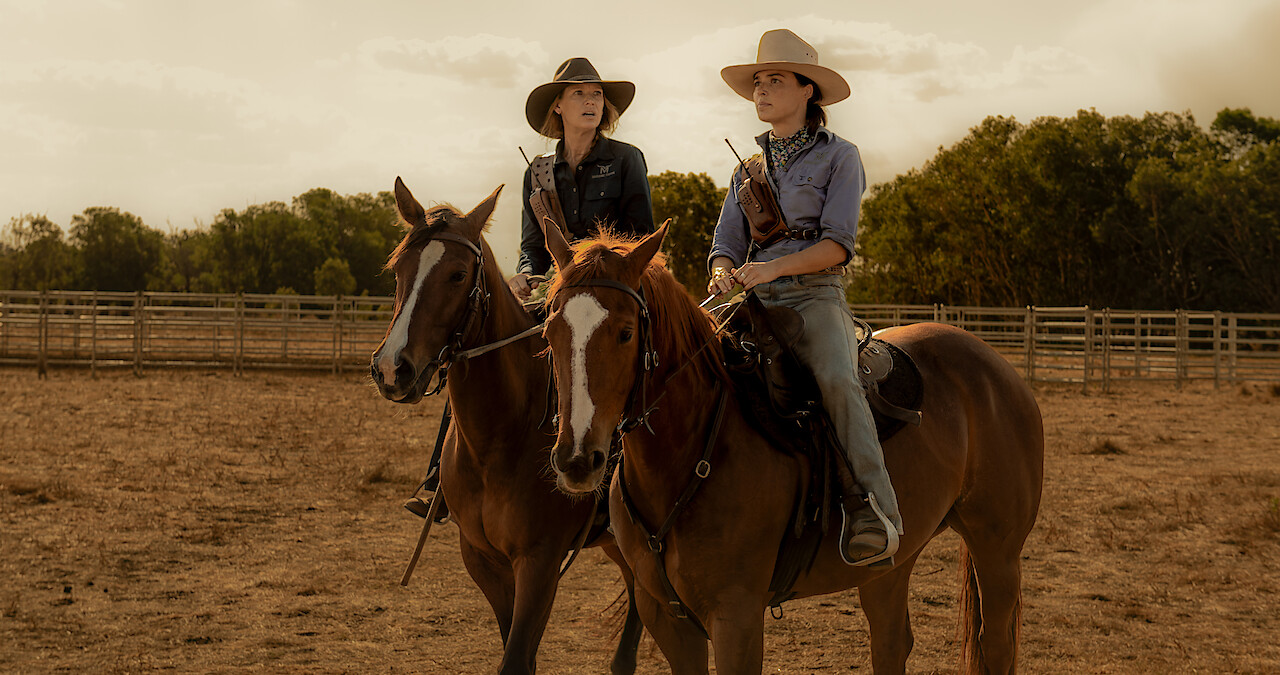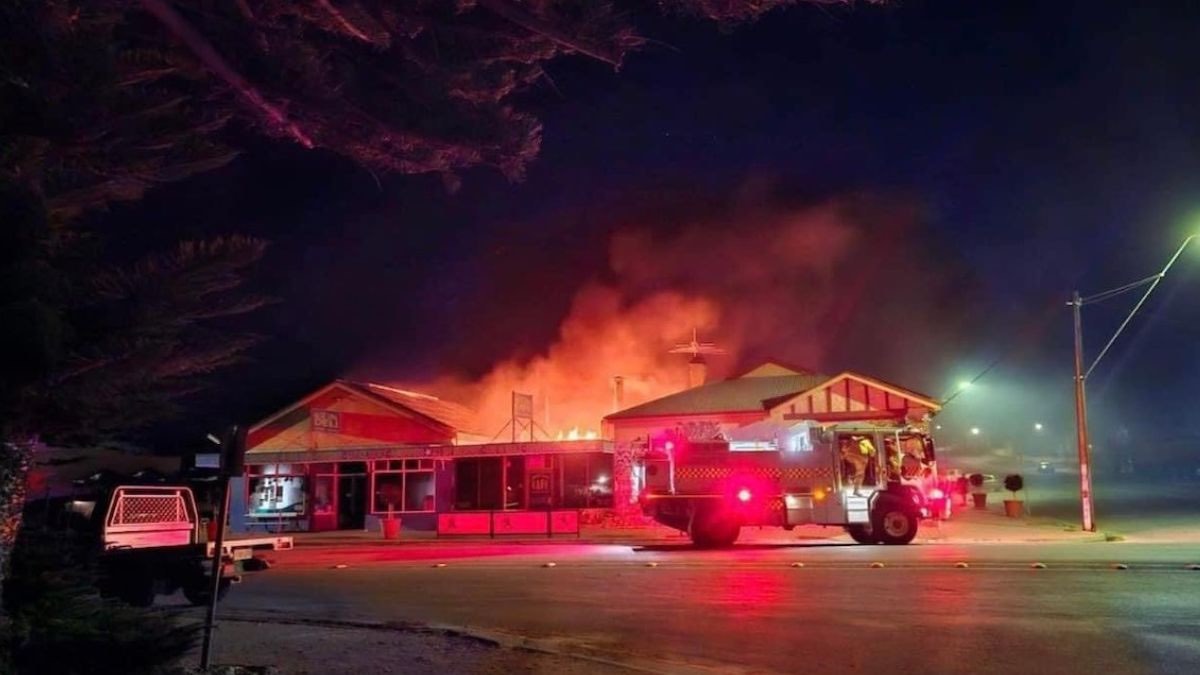“I had a child attend Schoolies at Victor Harbor, but unlike the Stevens family, my son came home safely”
Like many South Australians, I read the beautiful tribute that Commissioner Stevens wrote about his son Charlie, referring to him affectionately as ‘101’, a poignant tribute to the 100 people before him who have died on South Australian roads this year.

Like many South Australians, I had a child attend Schoolies at Victor Harbor, but unlike the Stevens family, my son came home safely.
Like many South Australians, Charlie’s death reinforced to me how precious life is and how quickly it can be snatched away.
Like many South Australians, I have questions. A lot of them. And I hope in time they will be answered.
Reading Commissioner Stevens’ heartfelt letter I realised my son and Charlie shared the same birthday. Charlie, like my son loved sport and his mates a lot more than he loved school. Charlie, like my son, was away celebrating the end of his school years, and like my son, Charlie was a typical 18-year-old – cheeky, fun, frustrating, messy, and an incredible and irreplaceable part of his family.
Like many South Australians, I’m reeling at the road toll. The families of every single one of the 100 other people who have died on South Australian roads lost their own version of ‘101’ this year too.
Only a day before Charlie’s death, ’99’ and ‘100’, a 77-year-old man and a 65-year-old woman, both from Victoria, died when a man, now charged with ‘two counts of causing death by dangerous driving’, slammed into their car at Willalooka in the State’s South East.
Just ‘down the road’ from where I live in the Mid North, a horrific crash recently wiped out three members of the same family in the blink of an eye. A huge loss for their family and communities.
There’s been a massacre on South Australian roads and we are on the frightening road to breaking a record this year. A record no state wants to claim as theirs.
Let me tell you what some “non-life-threatening” injuries can look like
Interestingly as we sit safely in our homes and read, watch, or listen to the news about yet another death on the road, something always slips by that needs a lot more attention than it gets. Often a phrase is tacked onto the end of a story with a similar line to “other victims in the crash had non-life-threatening injuries”.
Let me tell you what some “non-life-threatening injuries” can look like. A young man in an induced coma with a brain injury that has an unknown outcome. Months of rehabilitation to gain his short-term memory back, muscle and balance weakness, confusion, frustration, and the inability to work. Debilitating tiredness, (an unfortunate side effect of brain injuries) as well as the prospect of increased risk of memory loss and dementia as he gets older. A young lady with so many broken bones in her body that she’ll never be able to have children and lives in constant pain. A survivor left with psychological trauma being witness to his friend dying in front of his eyes. These “non-life-threatening injuries” are now life-altering reality for crash “survivors”.
These are the things we don’t get told. The road toll is horrific, but road trauma is also changing the lives of people and their families forever.
I’m not the praying type, but just in case it works, I’ll be saying a few as I crawl into bed tonight, not only for the Stevens family and the 100 other families who have lost loved ones this year but for all of us who put our lives on the line to get from A to B.
To register for organ donation, go to www.donatelife.gov.au









